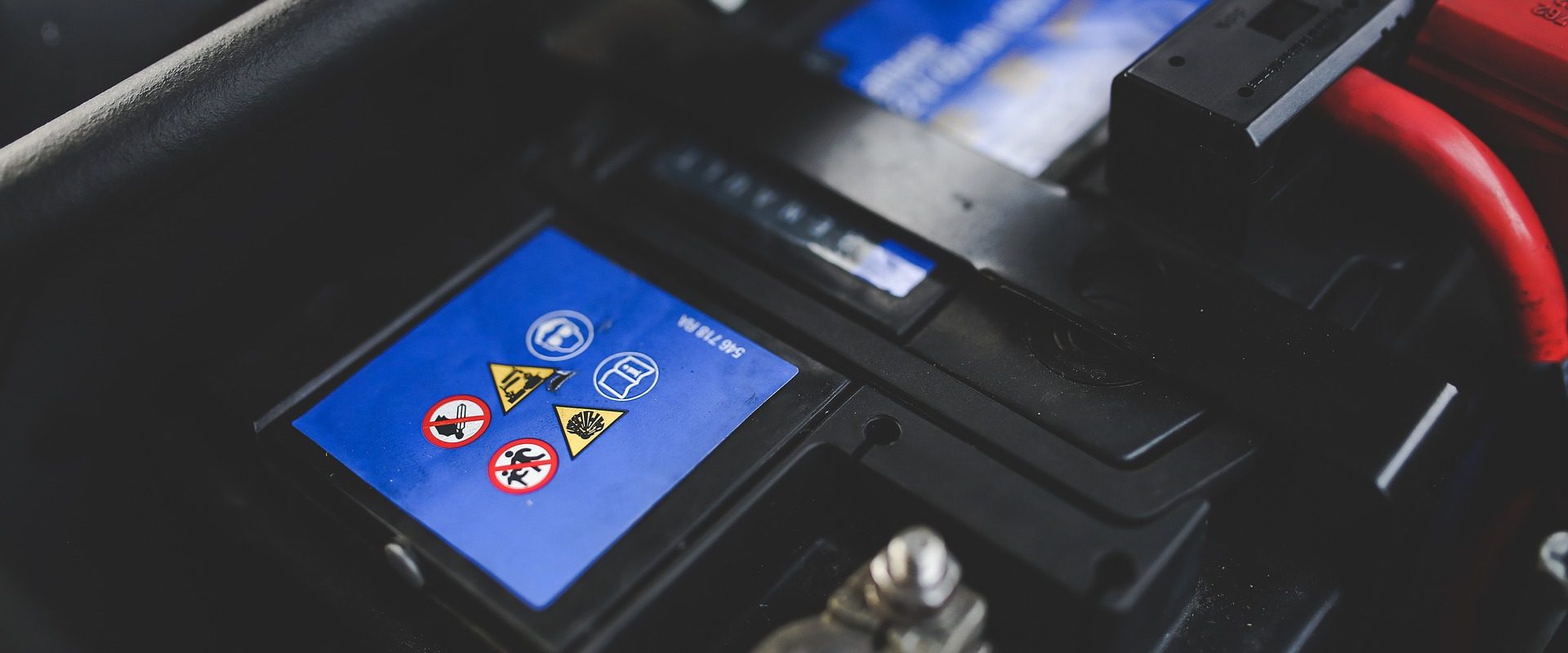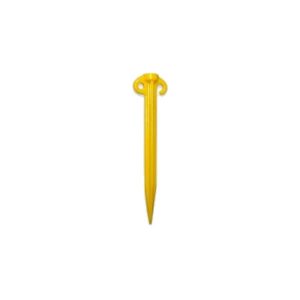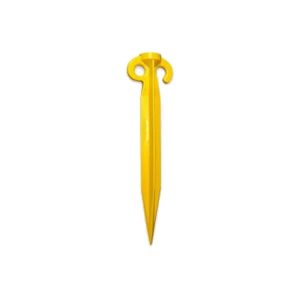The run down on 4WD battery types
There’s more choice then ever in the 4WD battery world with new technology mixing with old technology in both cranking batteries and second auxiliary batteries. In this article we take a look at the various 4WD battery technologies, pros and cons and what they should be used for.
What type of battery do I need?
This depends on a few questions:
- What is this battery for (cranking/starting or auxiliary/accessories)?
- Where will this battery be mounted?
- How will the battery be charged
- What will be running off this battery?
Basic Battery Types
There’s three basic battery types. These are starting (also called cranking), deep cycle, and hybrid. Out of the three hybrid batteries are the most rare type, and are becoming more rare as battery technology gets better.
Starting or Cranking Batteries
A good starting battery must be made to handle high temperatures and vibrations as well as allowing for a quick discharge of a high current to start your vehicle’s engine. They also need to be sealed well because dust and water gets pretty much everywhere in an engine bay after a trip away.
Deep Cycle Batteries
Deep cycle batteries are made for more long-term power storage and will normally give a lower discharge rage, but can keep going for longer and provide more power at a slower rate then a cranking battery can.
Hybrid Batteries
Hybrid batteries are the “best of both worlds” in a mix between cranking and deep cycle batteries. In reality there’s very few that are worth even thinking about because it’s very hard to do both jobs at the same time and do either of then well.
Battery Chemistry
This is where things get a bit more technical. We’ll run through the main battery chemistry types and what they are used for.
Flooded Lead Acid
Lead acid batteries are the oldest tech out there – but don’t let that fool you. These are still normally the best choice for a cranking battery in most cars.
The battery is constructed of large lead plates suspended in a sulphuric acid compound. This combination holds a good deal of available power, and can release that power pretty quickly and at high currents. This is very important for starting vehicles, as starter motors can really suck down a whole lot of power!
Absorbed Glass Mat (AGM)
AGM batteries are similar to standard lead acid batteries, but the electrolyte compound is absorbed into a glass mat that’s bonded to the battery plates. This results in a battery that doesn’t have the same liquid component, but still provided a good source for power.
Lithium
Lithium is the new kid on the block, and is getting a reputation for being better for a lot of uses. The biggest different is that a Lithium battery uses lithium (who’d have thought it?) instead of the lead plates. The biggest advantages that lithium brings to batteries is that it can be discharged to a far lower level then most other lead acid batteries without damaging the batteries internal components, and they are also normally half or less the weight of a lead battery.
Lithium batteries are great for long-term power, but the majority are too sensitive to high temperatures to be installed under the bonnets of most vehicles.
So what battery do I need?
Here’s our recommendations for the best types of battery for many different conditions.
Starting or Cranking Batteries
Unless you have a good reason too, and long pockets, stick with a high-quality lead acid battery here unless your vehicles manufacturer recommends something else. Even though the technology might be old but it’s still around for a reason.
Winching Batteries
Winches drag a lot or power, so if you are adding a dedicated battery to power a winch, stick with a good lead acid battery like you’d use for your cranking battery.
Auxiliary Batteries
What you choose here will depend on both your power needs and your budget. If you’re like most of us and normally only head out for a night or two on the weekends then a good lead acid or AGM deep cycle battery will be a great choice. Of course, if you can afford it, and can keep it out of the engine bay, we would recommend investing in a good lithium battery set up as this will give you a better long-term solution.
Are you looking for a great battery solution? Check out our range of deep cycle batteries as well as battery chargers and controllers.





